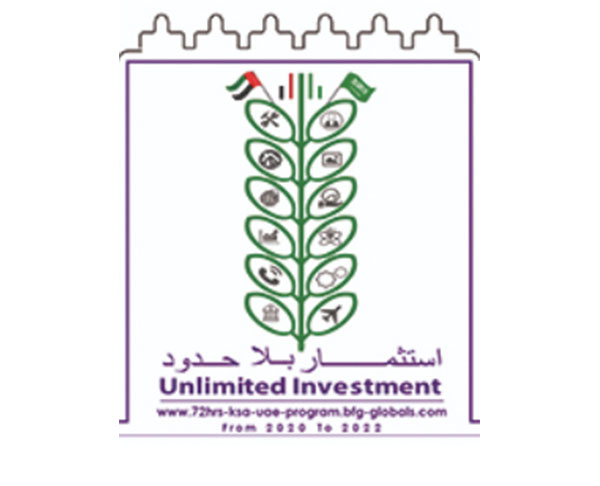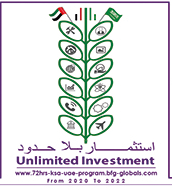Global stock markets rose on Friday on a breakthrough in Washington talks to reach a bipartisan infrastructure package, as oil prices rose for the fifth week in a row on increased demand.
After huge fiscal stimulus helped the economy grow at a 6.4% annualized rate in the first quarter, investors are turning to an infrastructure accord to continue the US recovery. The strategy is worth $1.2 trillion over eight years, $579 billion, is additional spending.
To reach a bipartisan compromise on infrastructure, President Joe Biden gave up some of his goals for schools, climate change mitigation, and assistance for parents and caregivers, and tax increases on the wealthy and multinationals.
Nordea Asset Management's Sebastien Galy, a senior macro analyst, said the transaction was "likely substantial enough in the economy without overheating it unduly," adding that "growth forecasts increase considerably."
The S&P 500 index established a new high on Friday, lifted by gains in Nike and bank stocks, as weaker-than-expected inflation statistics soothed concerns about the Federal Reserve abruptly reducing support.
By 11:28 a.m., the S&P 500 had gained 0.28 % and the Nasdaq Composite had gained 0.02%, closing in on the previous session's all-time high. The Dow Jones Industrial Average increased by 0.71 percentage points. The pan-European STOXX 600 index climbed 0.1% while the MSCI world market index gained 0.4% closing close on a record high set on June 15. The FTSE 100 index in the UK rose 0.4% while the DAX in Germany rose 0.1%.
Stocks in emerging markets increased by 0.94%. MSCI's broadest index of Asia-Pacific equities outside Japan finished 1.02 % higher while the Nikkei in Japan climbed 0.66%.
According to Eddie Cheng, head of international multi-asset portfolio management at Wells Fargo Asset Management, global monetary and fiscal assistance in reaction to the COVID-19 pandemic is reinforcing financial assets, even after an unequal degree of recovery across countries.
“Bonds, stock and commodities rise shows a liquidity-driven market,” Cheng explained.
Oil prices were on course for a fifth straight weekly rise as demand is likely to exceed supply based on expectations that OPEC+ members will be cautious about returning additional output to the market in August.
US crude was up 0.85% to $73.92 a barrel, while Brent was up 0.45% to $75.90. On Thursday, both benchmark futures settled at highest levels since October 2018.
This week, the Nasdaq and S&P 500 US stock indexes reached fresh highs, as investors celebrated statistics indicating record US industrial activity in June.
Large-cap funds in the US drew a net $13.4 billion, their highest inflow since January 2018, but mid-cap and small-cap funds underperformed. As per the statistics, US growth funds got a net $1.5 billion, while value funds had a $2.4 billion outflow.
Inflation was on investors' minds recently, with more recent US personal consumption expenditures (PCE) data indicating that a measure of underlying inflation increased less than anticipated in May. Core PCE increased 3.4% year on year, above the Fed's 2% flexible target.
“Economic reports issued this morning were mixed, but major inflation estimates were either in line with it or beneath expectations,” Bespoke Investment Group, LLC's Paul Hickey stated.
Inflation in the US will remain high for the next two to four years, only with a market crash preventing central banks from tightening over the next six months, according to BofA senior analyst Michael Hartnett.
The US dollar dropped as statistics revealed that consumer expenditure in the US was steady in May, whereas producer price inflation was lower than expected by experts. The Japanese yen rose 0.10% against the US dollar to 110.76 per dollar, while the euro rose 0.16%.
Sterling fell 0.04% on the day, on course by its worst month against the dollar since September, after the Bank of England maintained the scale of its stimulus program and kept its benchmark interest rate at an all-time low of 0.1% on Thursday.
Yields on benchmark 10-year US Treasuries, which dropped following the unveiling of the infrastructure plan, were 1.5343 %. Germany's 10-year yield, the Eurozone’s benchmark, increased to -0.151 %.
Gold futures rose 0.3 % to $1,780.38 per ounce. Gold futures in the US rose 0.61 % to $1,786.50 per ounce.
Huge inflows into US stock funds were registered in the week ending June 23, as investors wagered on a speedier economic rebound from the pandemic and discarded fears that the Federal Reserve would raise interest rates quicker than predicted.
Investors poured a net $16.1 billion into US stock funds in the week ending Wednesday, according to Refinitiv Lipper data, the biggest since the week ended March 17.
























 ENG
ENG


























































تواصل معنا